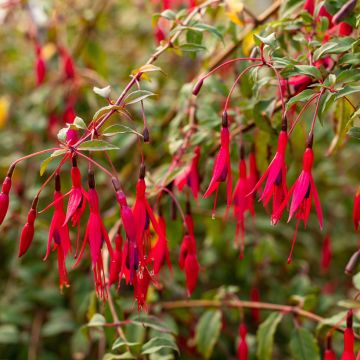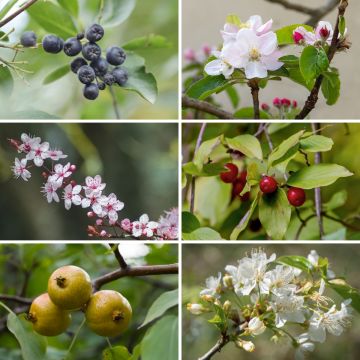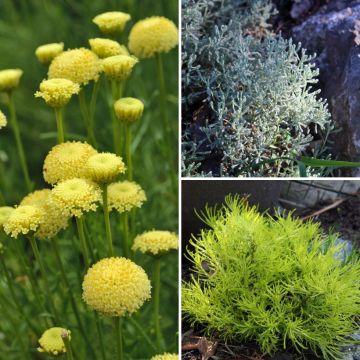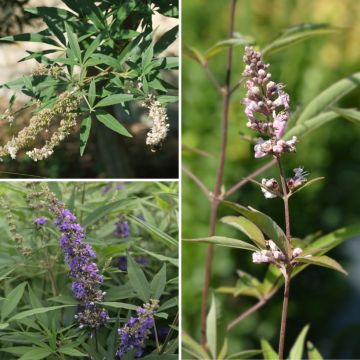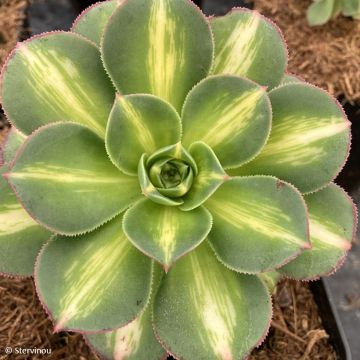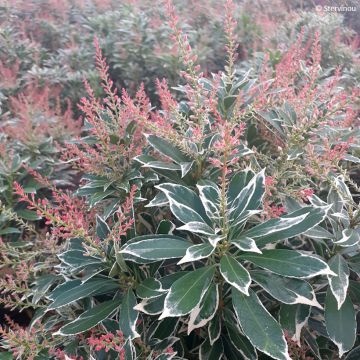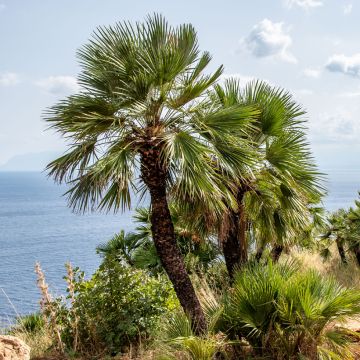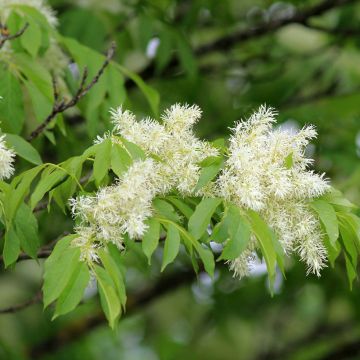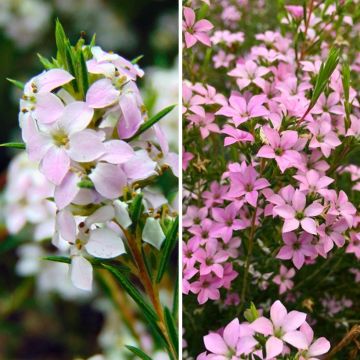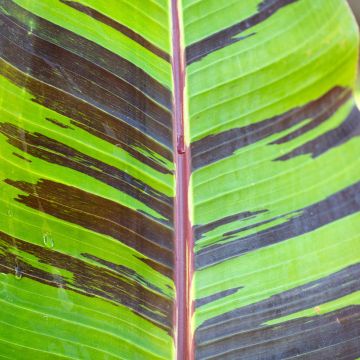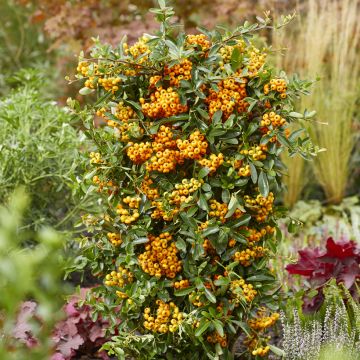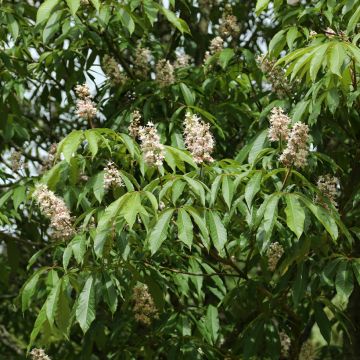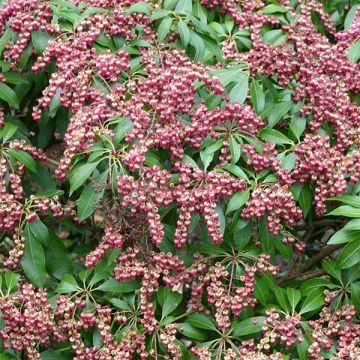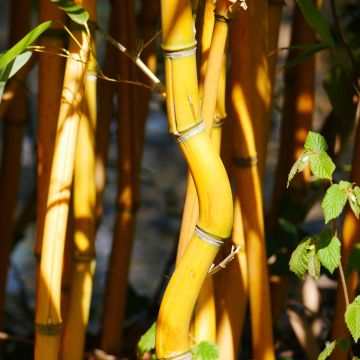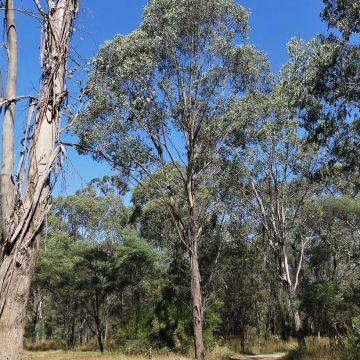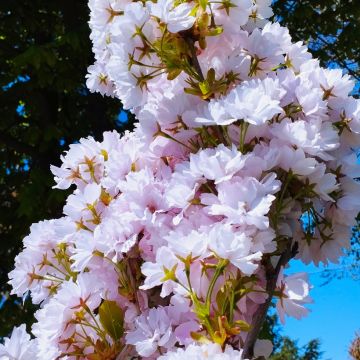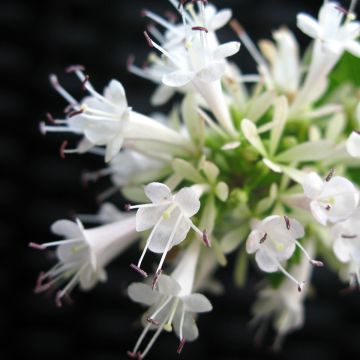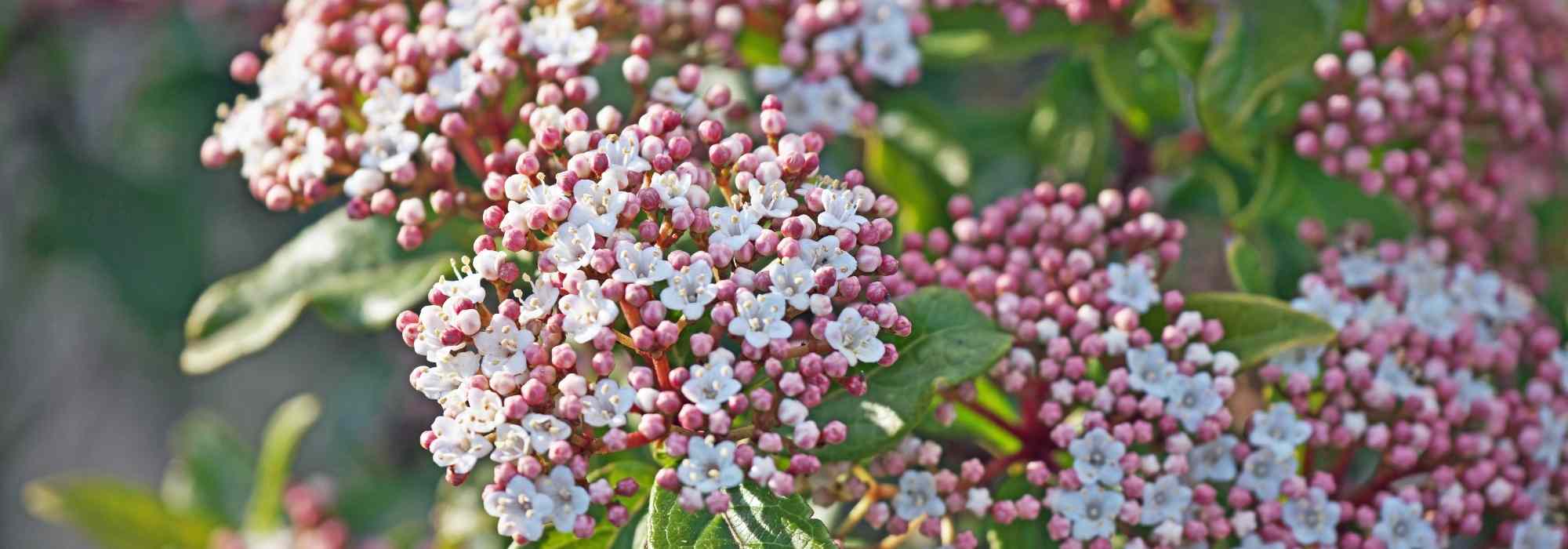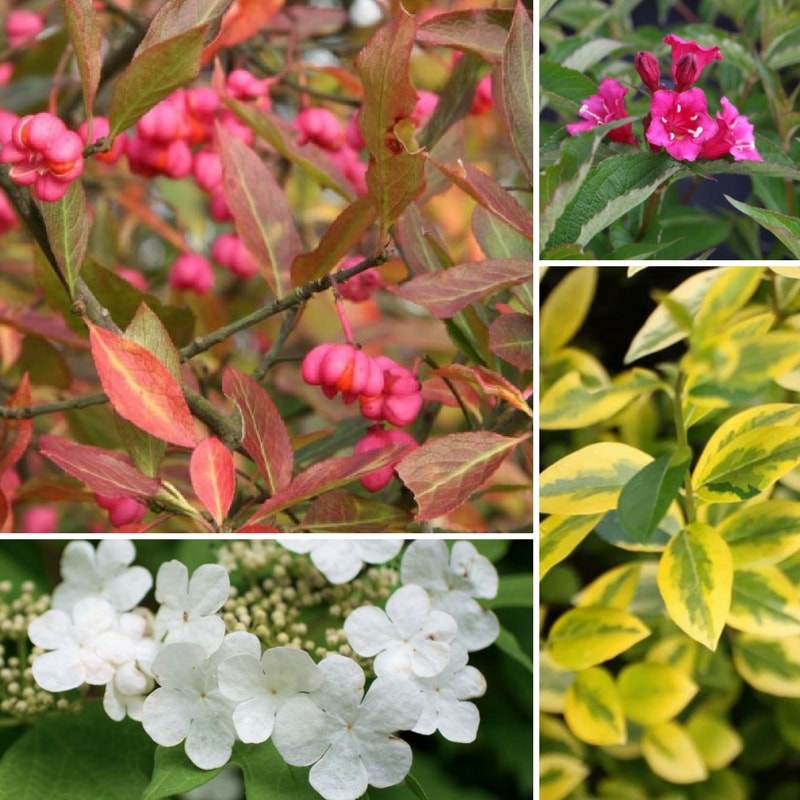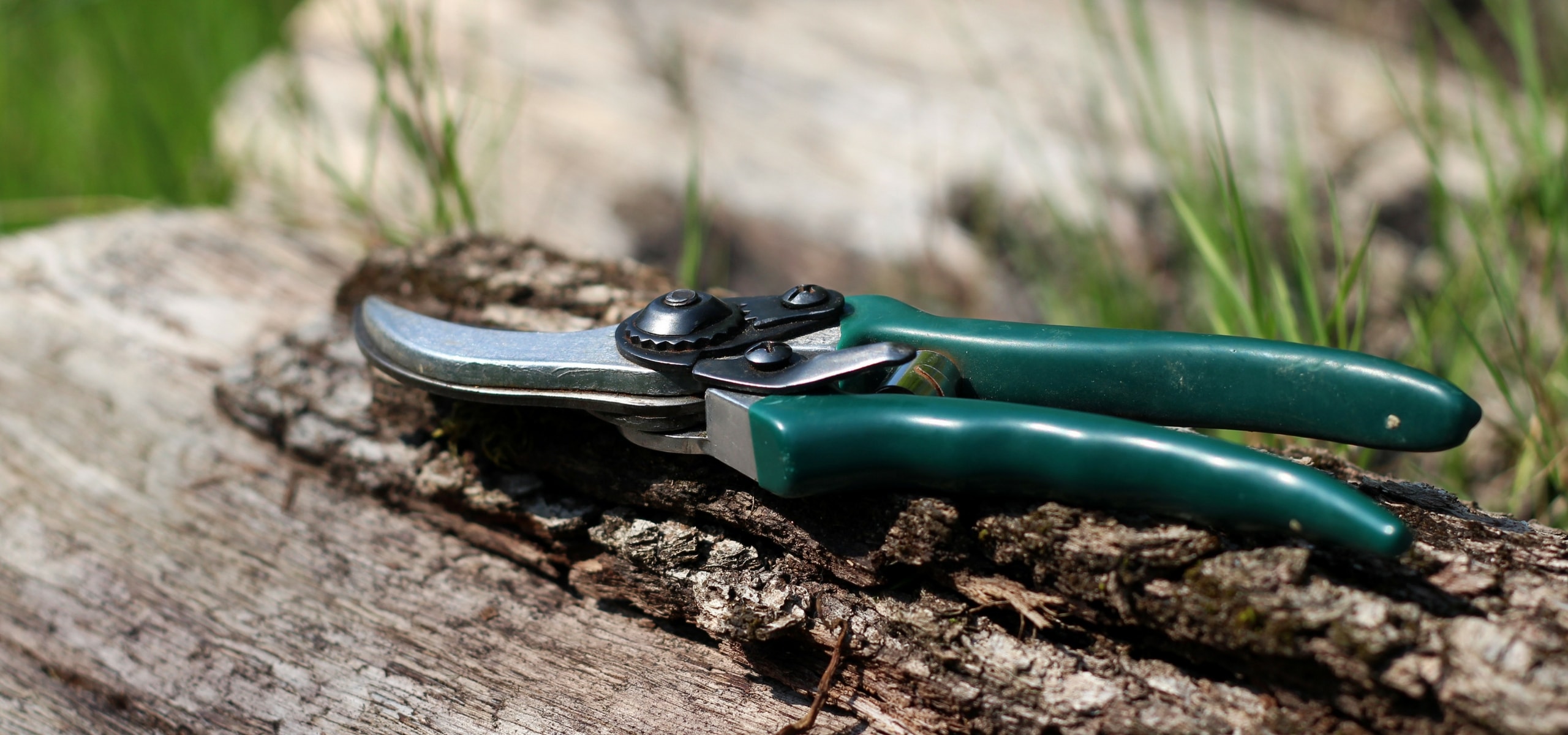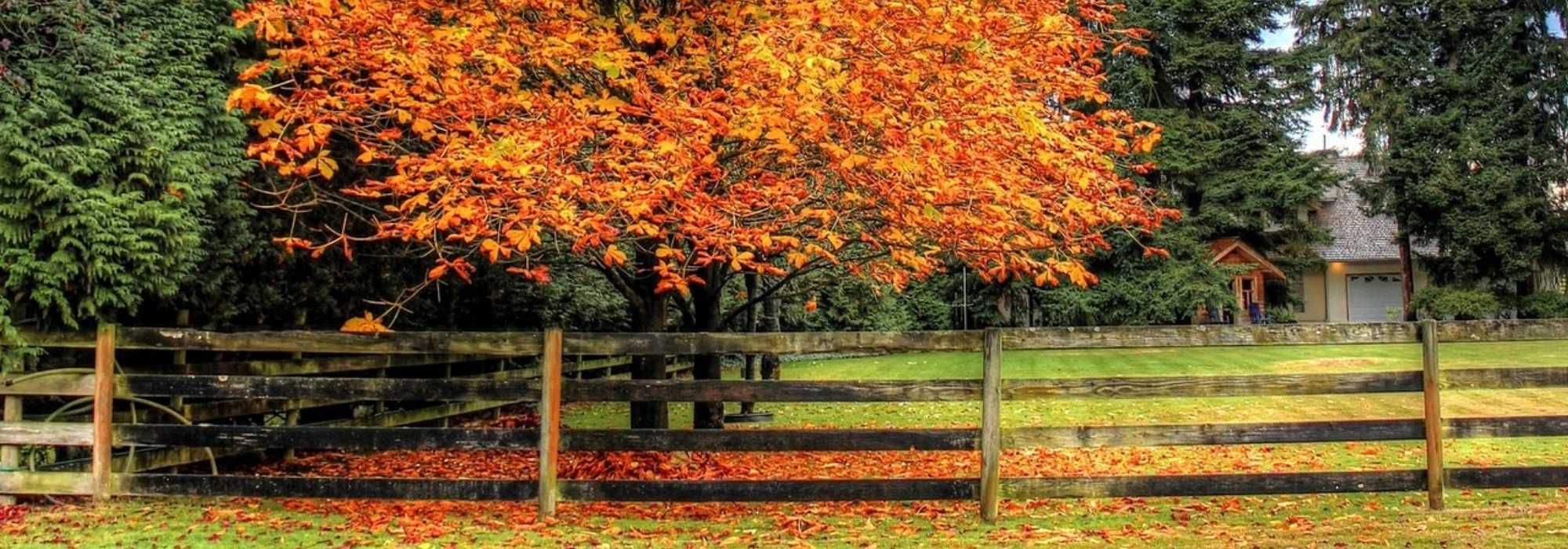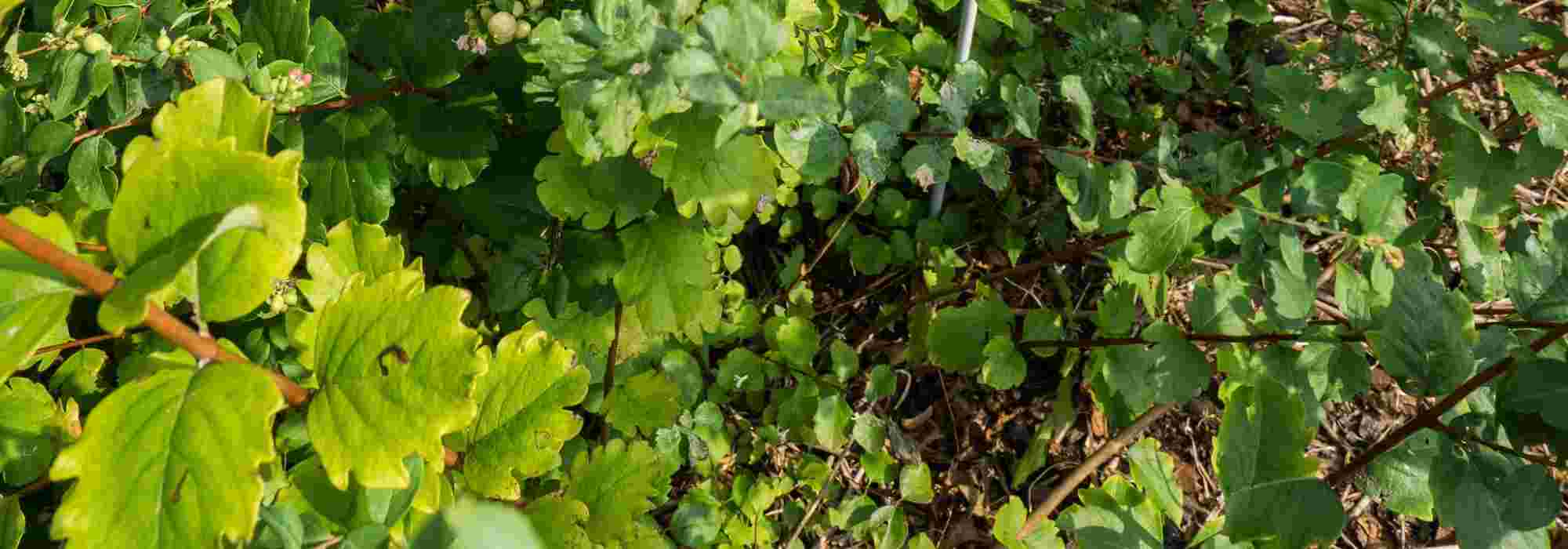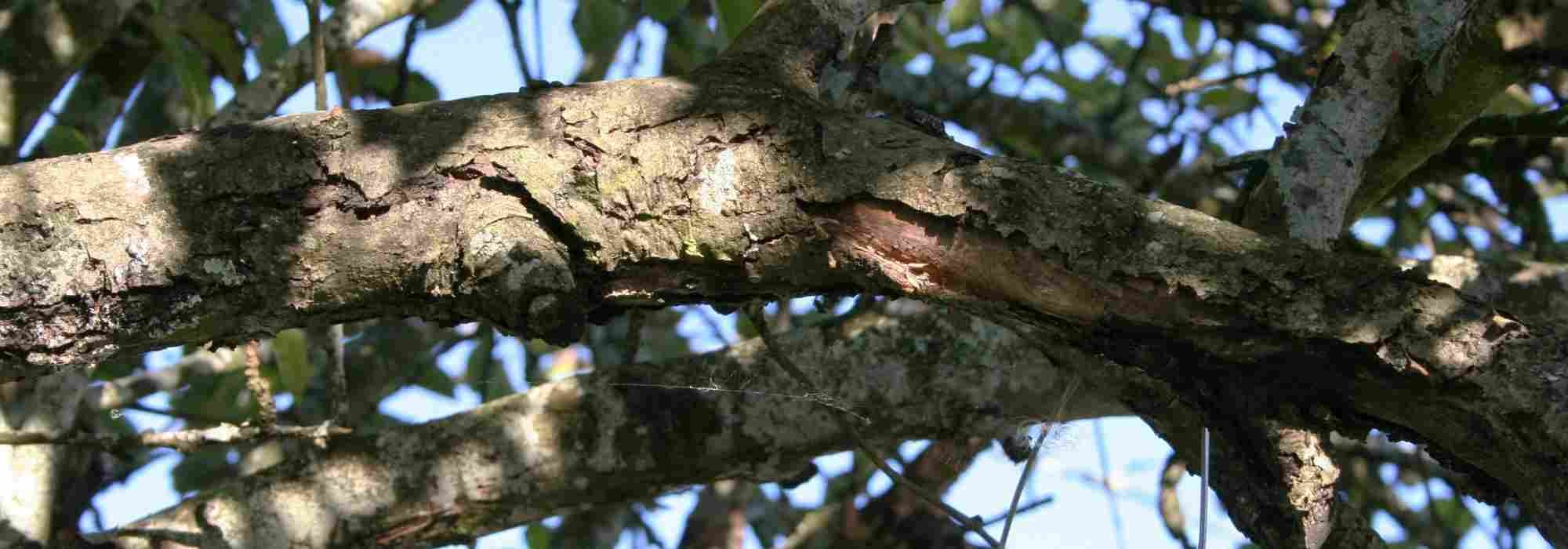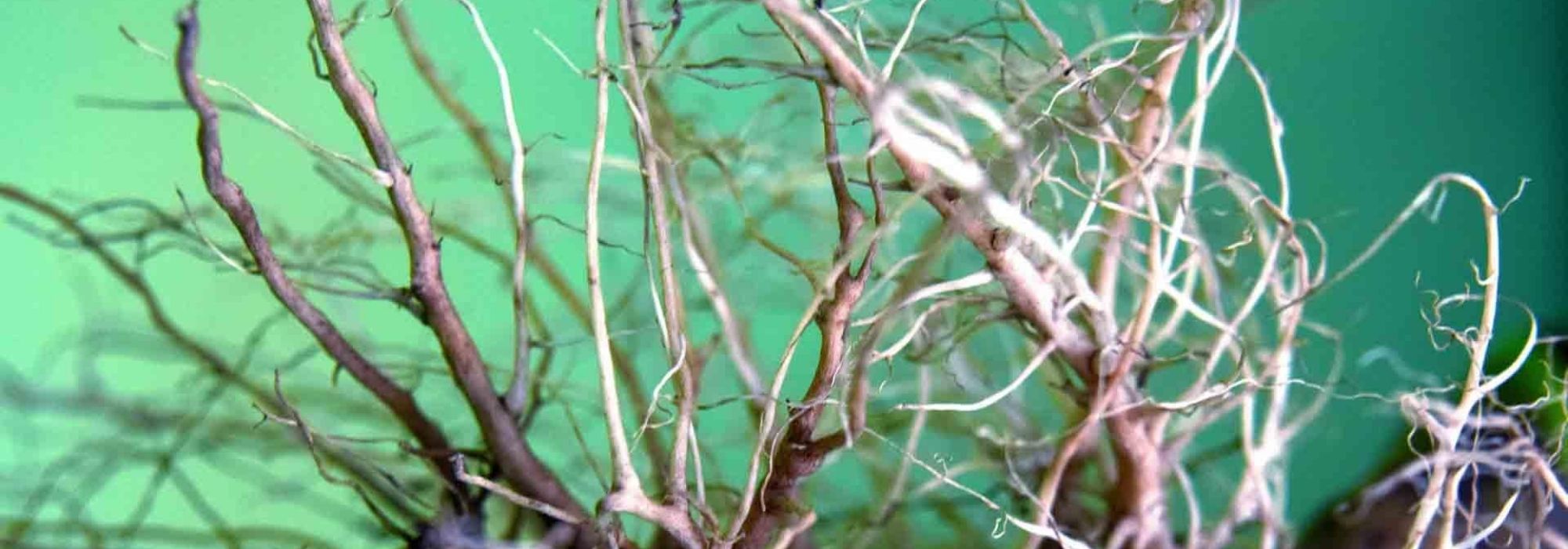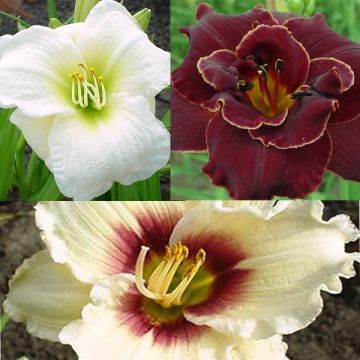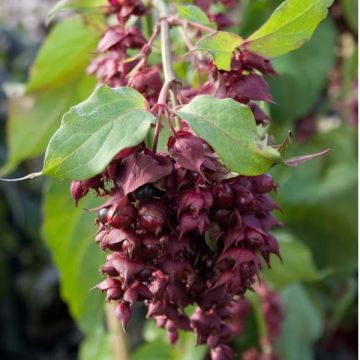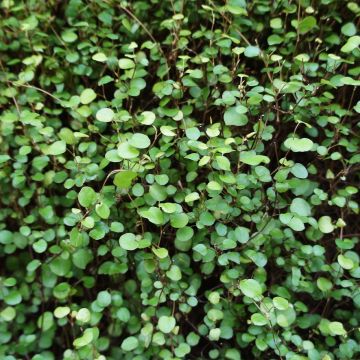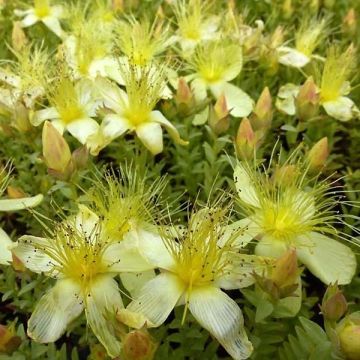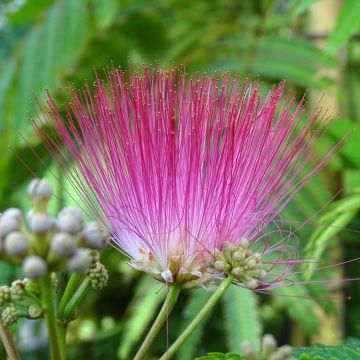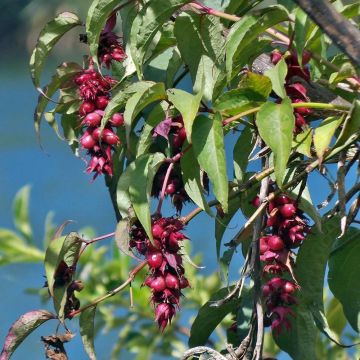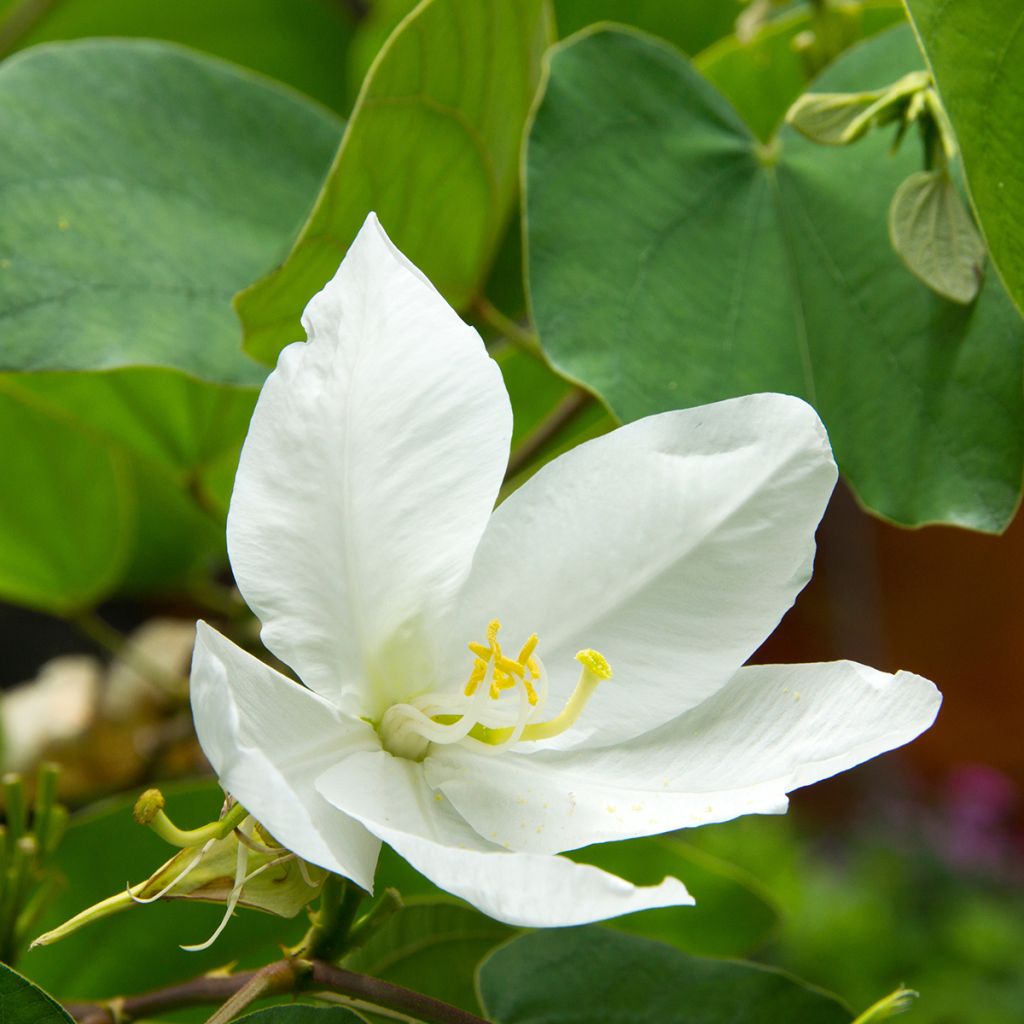

Bauhinia acuminata - Arbre à orchidées blanches
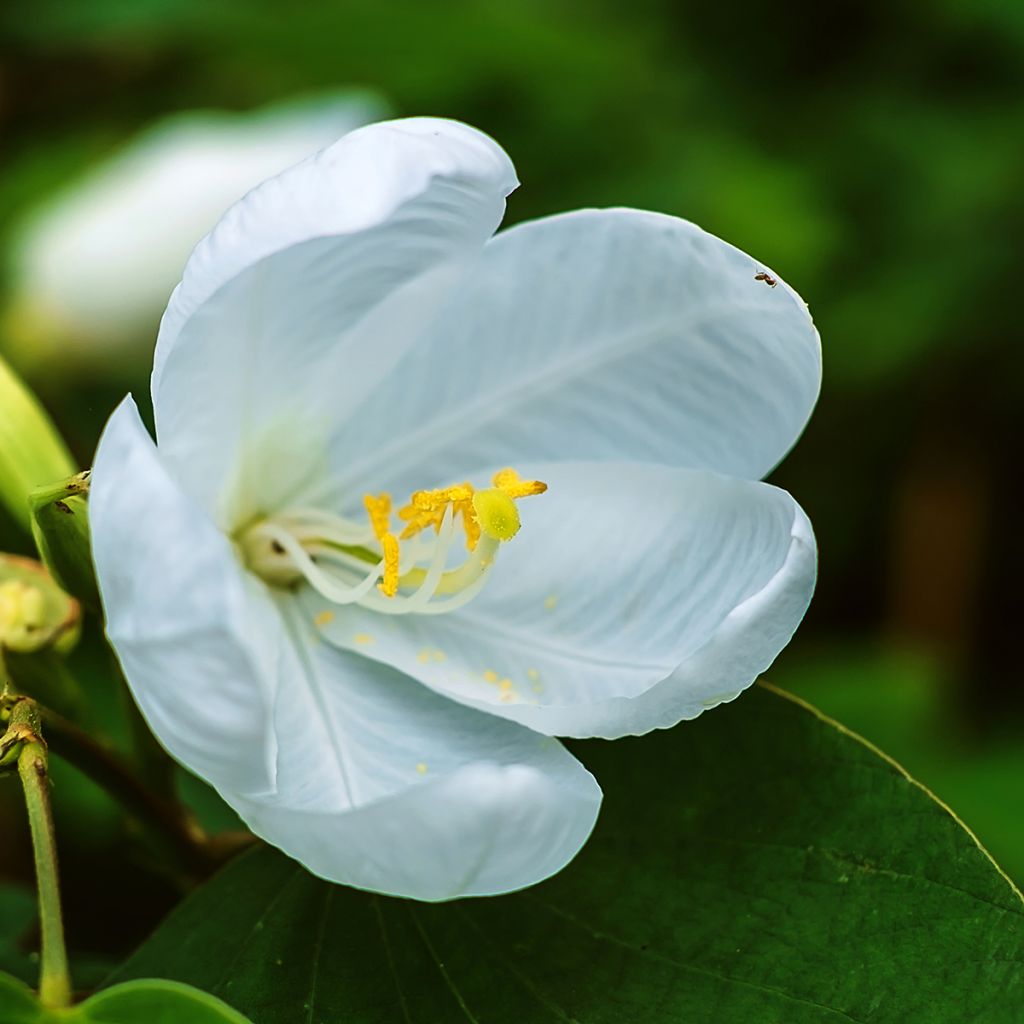

Bauhinia acuminata - Arbre à orchidées blanches
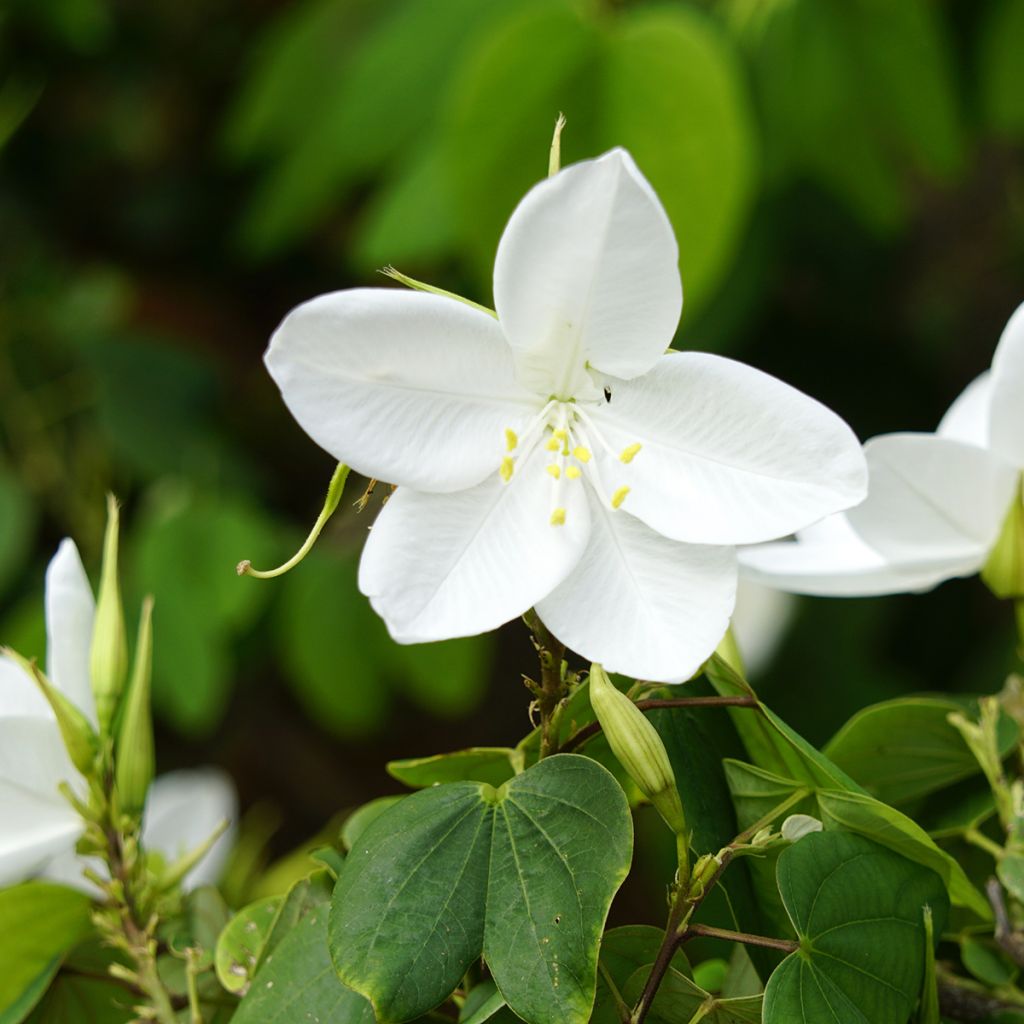

Bauhinia acuminata - Arbre à orchidées blanches
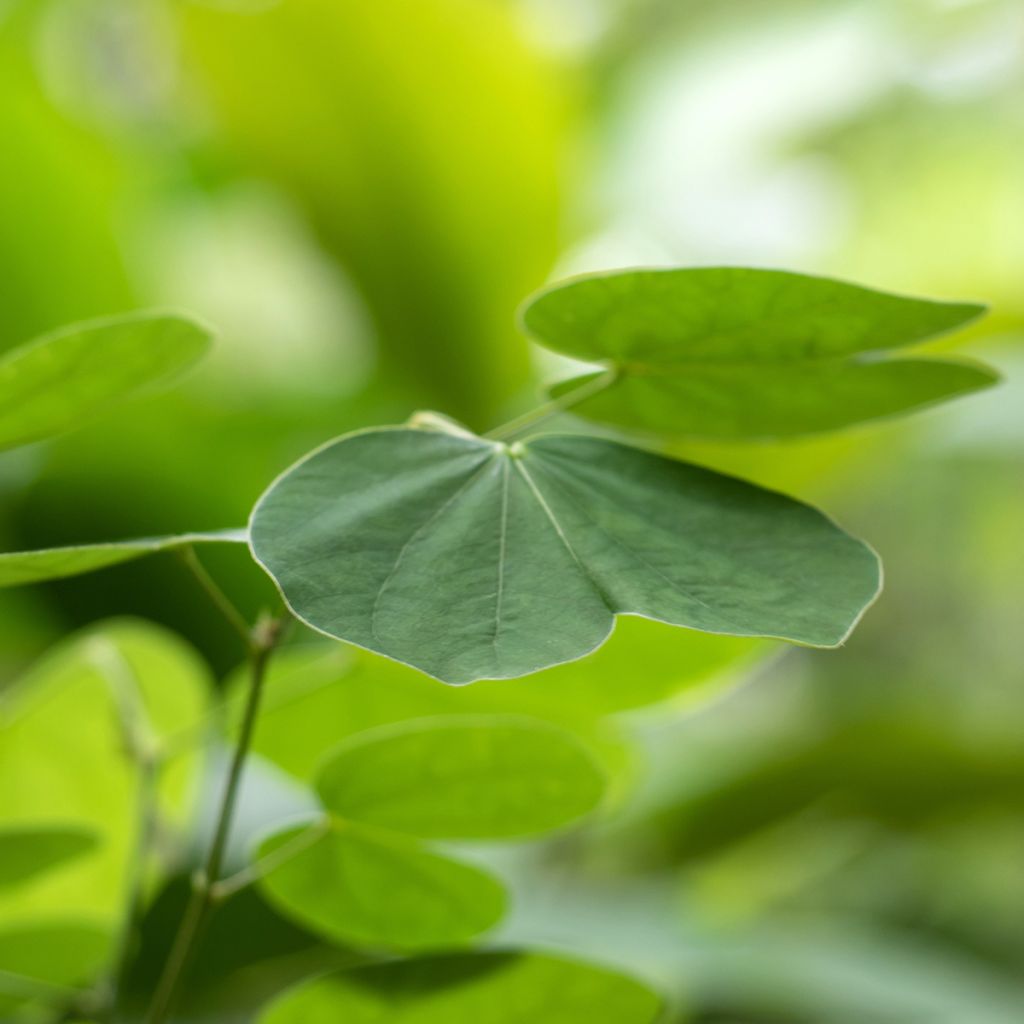

Bauhinia acuminata - Arbre à orchidées blanches
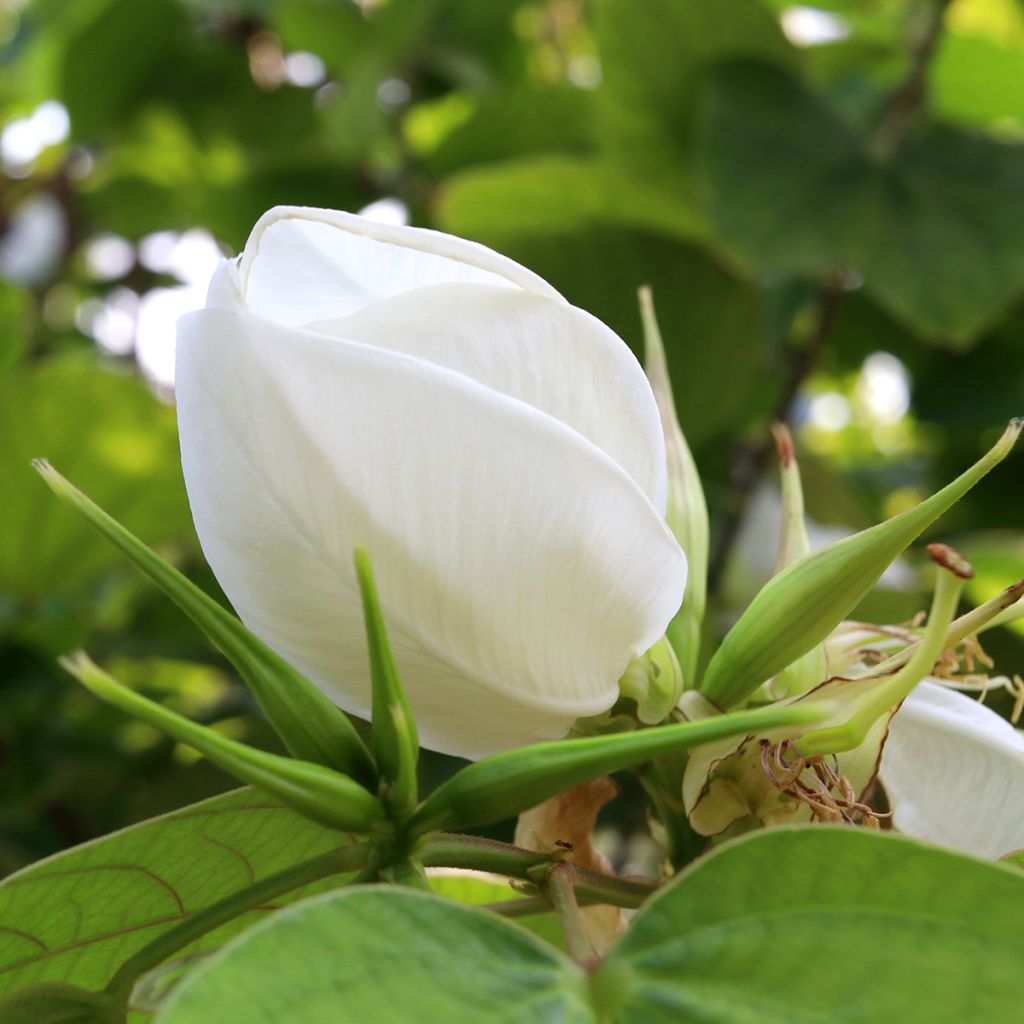

Bauhinia acuminata - Arbre à orchidées blanches
Bauhinia acuminata
Bauhinia acuminata
Dwarf White Bauhinia, White Orchid-Tree, Snowy Orchid-Tree
Special offer!
Receive a €20 voucher for any order over €90 (excluding delivery costs, credit notes, and plastic-free options)!
1- Add your favorite plants to your cart.
2- Once you have reached €90, confirm your order (you can even choose the delivery date!).
3- As soon as your order is shipped, you will receive an email containing your voucher code, valid for 3 months (90 days).
Your voucher is unique and can only be used once, for any order with a minimum value of €20, excluding delivery costs.
Can be combined with other current offers, non-divisible and non-refundable.
Why not try an alternative variety in stock?
View all →This plant carries a 24 months recovery warranty
More information
We guarantee the quality of our plants for a full growing cycle, and will replace at our expense any plant that fails to recover under normal climatic and planting conditions.
Does this plant fit my garden?
Set up your Plantfit profile →
Description
Bauhinia acuminate is also known as Dwarf Orchid Tree because its deliciously scented white flowers resemble some orchids. It is a wonderful tropical bush of the fabaceae family with remarkable foliage, floriferous, very ornamental, fairly easy to grow, but frost-sensitive. It is therefore cultivated in a pot to be overwintered in a conservatory where it can flower almost all year round. It thrives in a rich growing medium, kept slightly moist.
The Bauhinia acuminate is classified in the fabaceae family or more precisely in the caesalpiniaceae family, it is a cousin of the Caesalpinia gilliesii, the yellow bird of paradise. This species originates from tropical regions of Southeast Asia, its range extends from India to Malaysia and China. The dwarf orchid tree adopts the shape of a small tree with trunk and rounded crown or a bush, depending on how it is grown. Its growth is moderately fast and it reaches about 2.50m (8ft 2in) in height and 1.50m (4ft 11in) in width at maturity, when grown in a large pot. Its large leaves can reach 20cm (7.9in) in length. They are simple, a vivid green, and have two pointed lobes at their ends. Their shape somewhat resembles a cow's hoof print. In the evening and in very hot weather, the two lobes fold over themselves, like the wings of a butterfly. Flowering generally takes place in spring and summer, although it can be much more extended under certain conditions. It takes the form of white flowers, 8 to 10cm (3.1 to 3.9in) in diameter, grouped in short lateral clusters. Each flower consists of 5 oval petals that overlap, surrounding 10 long stamens. The heart of the flower is yellow and emits a very pleasant fragrance. After pollination, pods form that measure 8 to 14cm (3.1 to 5.5in) in length. When mature, they turn brown and open to release the seeds.
The Bauhinia acuminate is exclusively cultivated in pots in our climates, which allows it to be protected as soon as nighttime temperatures drop below 8°C (46.4 °F). It can be left in the conservatory all year round where the foliage will need occasional misting. It can be pruned in March to limit its growth. It requires heat but is accommodating when it comes to soil, as long as it is rich and well-drained. It is a very beautiful plant that can be showcased in an exotic-inspired setting, with tropical palms for example. Fans of exoticism can also grow baobabs, agaves, banana trees, Ravenala, or even the bird of paradise Strelitzia reginae to bring a beautiful tropical touch to the terrace or conservatory decor.
Report an error about the product description
Bauhinia acuminata in pictures
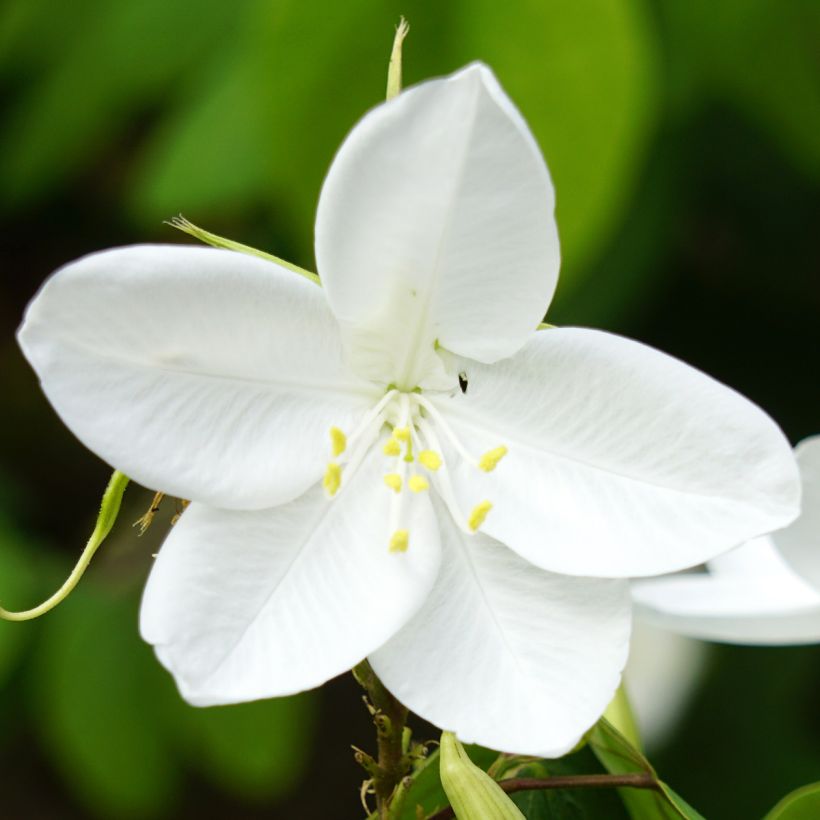

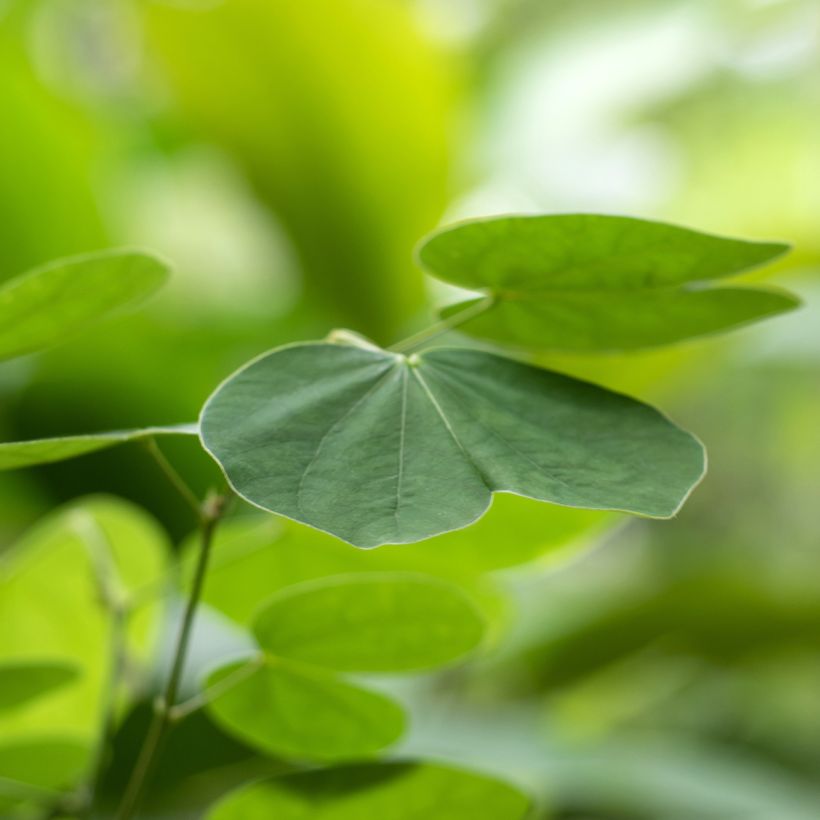

Plant habit
Flowering
Foliage
Botanical data
Bauhinia
acuminata
Fabaceae (Caesalpiniaceae)
Dwarf White Bauhinia, White Orchid-Tree, Snowy Orchid-Tree
Southeast Asia
Other Shrubs A to Z
View all →Planting and care
Plant your Bauhinia all year round as it can only be grown in a container in our climates. The plant can spend the summer outdoors, from May-June to September, but should be brought indoors to a bright room or space as soon as the nighttime temperatures drop below 8°C (46.4°F) (usually in September. Bauhinia acuminata is a tree from a tropical climate and cannot tolerate any frost. Its foliage is deciduous for 3-4 weeks in winter, during which time the plant should not be overwatered.
Bauhinia likes the sun and is sensitive to wind. We recommend planting it in a large container with drainage holes, of at least 50 litres. It requires rich and well-draining soil, a mixture of good-quality compost and a bit of sand will be suitable. It should be placed in a very bright location, as it needs a few hours of sunlight per day to flower well. It needs regular watering throughout the growth period and feeding once a week from May until leaf fall. A complete granular fertilizer with minerals and trace elements will work well. Reduce watering in winter. Avoid repeated watering with very hard water, as this can cause leaf chlorosis, where the foliage becomes yellow between the veins. This small tree does not tolerate the dry air of heated houses and apartments and will appreciate regular misting of its foliage. It tolerates pruning well, which can be done in March to limit its growth.
Indoors, be careful of mite attacks. Simply spray the foliage to make them disappear. Many caterpillars enjoy its foliage, so it is advisable to regularly check the undersides of the leaves where butterflies usually lay their eggs.
Planting period
Intended location
Care
Planting & care advice
This item has not been reviewed yet - be the first to leave a review about it.
Similar products
Haven't found what you were looking for?
Hardiness is the lowest winter temperature a plant can endure without suffering serious damage or even dying. However, hardiness is affected by location (a sheltered area, such as a patio), protection (winter cover) and soil type (hardiness is improved by well-drained soil).

Photo Sharing Terms & Conditions
In order to encourage gardeners to interact and share their experiences, Promesse de fleurs offers various media enabling content to be uploaded onto its Site - in particular via the ‘Photo sharing’ module.
The User agrees to refrain from:
- Posting any content that is illegal, prejudicial, insulting, racist, inciteful to hatred, revisionist, contrary to public decency, that infringes on privacy or on the privacy rights of third parties, in particular the publicity rights of persons and goods, intellectual property rights, or the right to privacy.
- Submitting content on behalf of a third party;
- Impersonate the identity of a third party and/or publish any personal information about a third party;
In general, the User undertakes to refrain from any unethical behaviour.
All Content (in particular text, comments, files, images, photos, videos, creative works, etc.), which may be subject to property or intellectual property rights, image or other private rights, shall remain the property of the User, subject to the limited rights granted by the terms of the licence granted by Promesse de fleurs as stated below. Users are at liberty to publish or not to publish such Content on the Site, notably via the ‘Photo Sharing’ facility, and accept that this Content shall be made public and freely accessible, notably on the Internet.
Users further acknowledge, undertake to have ,and guarantee that they hold all necessary rights and permissions to publish such material on the Site, in particular with regard to the legislation in force pertaining to any privacy, property, intellectual property, image, or contractual rights, or rights of any other nature. By publishing such Content on the Site, Users acknowledge accepting full liability as publishers of the Content within the meaning of the law, and grant Promesse de fleurs, free of charge, an inclusive, worldwide licence for the said Content for the entire duration of its publication, including all reproduction, representation, up/downloading, displaying, performing, transmission, and storage rights.
Users also grant permission for their name to be linked to the Content and accept that this link may not always be made available.
By engaging in posting material, Users consent to their Content becoming automatically accessible on the Internet, in particular on other sites and/or blogs and/or web pages of the Promesse de fleurs site, including in particular social pages and the Promesse de fleurs catalogue.
Users may secure the removal of entrusted content free of charge by issuing a simple request via our contact form.
The flowering period indicated on our website applies to countries and regions located in USDA zone 8 (France, the United Kingdom, Ireland, the Netherlands, etc.)
It will vary according to where you live:
- In zones 9 to 10 (Italy, Spain, Greece, etc.), flowering will occur about 2 to 4 weeks earlier.
- In zones 6 to 7 (Germany, Poland, Slovenia, and lower mountainous regions), flowering will be delayed by 2 to 3 weeks.
- In zone 5 (Central Europe, Scandinavia), blooming will be delayed by 3 to 5 weeks.
In temperate climates, pruning of spring-flowering shrubs (forsythia, spireas, etc.) should be done just after flowering.
Pruning of summer-flowering shrubs (Indian Lilac, Perovskia, etc.) can be done in winter or spring.
In cold regions as well as with frost-sensitive plants, avoid pruning too early when severe frosts may still occur.
The planting period indicated on our website applies to countries and regions located in USDA zone 8 (France, United Kingdom, Ireland, Netherlands).
It will vary according to where you live:
- In Mediterranean zones (Marseille, Madrid, Milan, etc.), autumn and winter are the best planting periods.
- In continental zones (Strasbourg, Munich, Vienna, etc.), delay planting by 2 to 3 weeks in spring and bring it forward by 2 to 4 weeks in autumn.
- In mountainous regions (the Alps, Pyrenees, Carpathians, etc.), it is best to plant in late spring (May-June) or late summer (August-September).
The harvesting period indicated on our website applies to countries and regions in USDA zone 8 (France, England, Ireland, the Netherlands).
In colder areas (Scandinavia, Poland, Austria...) fruit and vegetable harvests are likely to be delayed by 3-4 weeks.
In warmer areas (Italy, Spain, Greece, etc.), harvesting will probably take place earlier, depending on weather conditions.
The sowing periods indicated on our website apply to countries and regions within USDA Zone 8 (France, UK, Ireland, Netherlands).
In colder areas (Scandinavia, Poland, Austria...), delay any outdoor sowing by 3-4 weeks, or sow under glass.
In warmer climes (Italy, Spain, Greece, etc.), bring outdoor sowing forward by a few weeks.






























